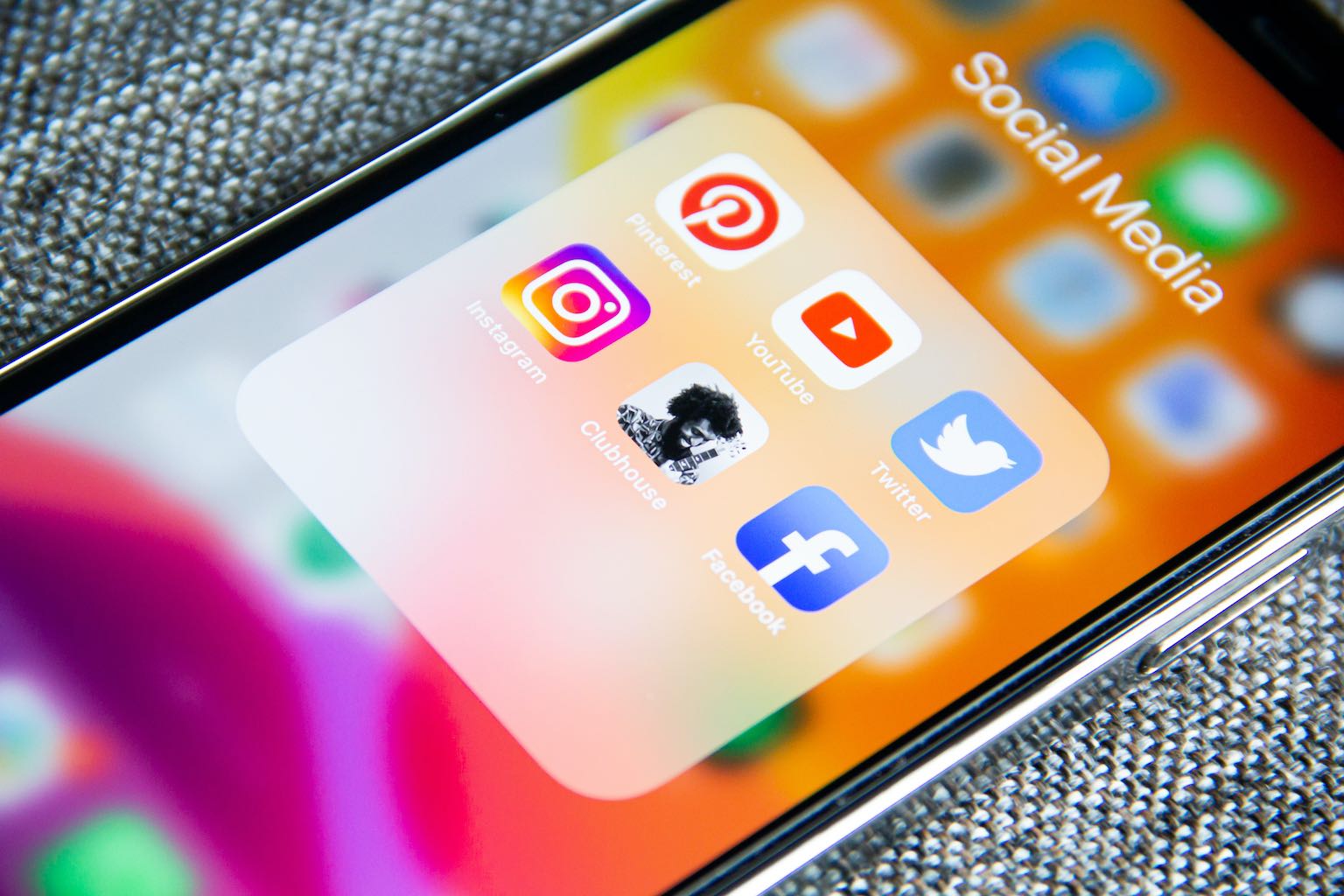The COVID-19 pandemic has spurred a wave of uncertainty and has left many businesses at a loss about how to curb plummeting sales.
For marketers, many aspects of their work scope have been expanded and transformed. COVID-19 has brought changes to budget allocations, channels, mediums, campaigns, and tone of voice in the marketing content. These changes, on top of new work from home arrangements, have posed challenges for staying agile and reactive as these traits become increasingly important.
COVID-19 has drastically shortened planning horizons and has disrupted long term plans, as PR events and digital out of home (DOOH) ads to bring people to offline stores have been postponed indefinitely. This has caused significant losses. To cite an example, luxury duty-free retailer DFS, had to close all of its stores and postpone its long-awaited opening of its latest space in the historical and prestigious La Samaritaine building located in Paris.
Although there is no single best way to manage the effects of pandemic, there are best practices marketers can adapt to adjust their brand strategy to the new normal. Businesses that effectively harness insights, trends, and data to pivot their strategy during the pandemic will stand a better chance of rising above their competitors and will be positioned to capture new audiences and grow their market share.
Marketers must embrace cost-effective, creative, and timely approaches to communicating relevant brand value propositions.
As defined by Jurgen Habermas and Marshall McLuhan, the new agora – or public sphere – is now online by default. Now more than ever, due to quarantines and work from home arrangements, everything spanning from news, conversations, brand discoveries, entertainment, and leisure activities is now online.
We saw this shift occur first in China, where the pandemic forced a lockdown on public and private bodies in December 2019. Time spent online increased dramatically, and views for short videos and livestreaming shot up. Shorts video apps such as Douyin and Kwaishou significantly increased their active users by 23% between February 2019 and February 2020 (Source: WARC). To capitalize on this trend, western companies eager to capture new audiences have been offering free streaming and broadcasting services. For example, after new restrictions were announced in France, Canal+, a premium and privately owned channel, offered two free weeks of access to the public. At the same time, the Paris Opera made all its ballets and opera performances available through streaming on its website. Similarly, the New York Times provided complimentary access to all news articles considered important and useful during the pandemic.
Extended quarantines and work-from-home arrangements have resulted in the flourishing of e-commerce, in both its classic forms and with livestreaming. While livestreams had been on the rise in the last couple of years, especially in China with KOLs selling products ranging from vegetables at the market to the latest luxury lipstick on XiaoHongShu or Taobao, lockdowns and restrictions have caused a spike in online purchases. Latest research from Ipsos reveals that out of 12 countries surveyed, consumers in 11 of these stated that they have increasingly turned to online channels for purchasing products. This held particularly true for consumers in highly impacted countries such as China (51%) and Italy (31%). This e-commerce trend underlines the needs for brands to shift their efforts online to capture the uptick in time and users on the internet.
What measures can marketers use to effectively drive engagement and communicate with consumers?
1. Pivot your marketing roadmap
Marketers must be reactive and proactive. As a marketer, how fast you can pivot your strategy to the new normal will really a large difference in both the short and long term. You will need to review your recovery roadmap based on your product category, your business model, and your market. This is an ideal opportunity to revisit long-term brand-building strategies such as: developing email journey strategies inactive users, reengaging past customers that subscribed to your website but have not purchased yet, or reviewing your content to optimize your targeting tactics.
Among internet users, 44% indicated spending more time on social media such as Facebook and Instagram. As a result, redistributing your ad spend to appropriate channels and experimenting with audience segmentation and ad settings will be an effective strategy to harness these habits and capture users’ attention. This way, you can collect insights and data about users you wouldn’t usually reach or engag with. Keep in mind that during this period, people have more time than usual. More and more people are now actively looking to discover new and exciting brand and products. Now is the time to be bold and strategic, using A/B testing to maximize your approach.
2. Refine your brand’s storytelling
Now is the time to be prudent with communication. As said by Charles Caleb Colton: “silence is foolish if we are wise but wise if we are foolish.” Remaining silent in a time where people’s attention is more available than ever would be a mistake. However, as a marketer, you must approach your communications and content thoughtfully. While people have more time and attention spans online, they are also more sensitive.
Your storytelling should be focused on brand awareness, identity, and entertainment, without seeming blind to the world outside. Opt for a soft sell approach and avoid hard sells, as this may be perceived as aggressive or inappropriate during a period of mass layoffs, pay cuts, and increased job insecurity. During this period – the last thing you want is to appear insensitive and cause a controversy for your brand.
Fashion and beauty conglomerate LVMH for example, temporarily repurposed its perfume factories to produce hand sanitizers to donate to health workers in France, while Starbucks offered free coffee in the United States for front-line COVID-19 responders. The Blacksheep restaurant group in Hong Kong actively communicated with customers on its social channels and through email about new health and safety measures across their establishments. Showing best-in-class customer service with caring, reassuring messages and offering flexibility with regards to delivery times and refunds is key to building future sales, continuous engagement, and long-term brand value. Airlines such as Delta, Cathay or Air France which usually impose penalties for booking changes have all extended and adapted their policies to the new travel restrictions.
Brands who stay relevant and remain top of mind after pandemic will be those that made consumers feel secure, safe, and inspired during COVID019.
3. Be innovative
Marketers need to think outside the box. For brands experiencing a slowdown in activities, now is also an ideal time to experiment with new tools. These don’t have to be costly changes. Podcasts are a potential unorthodox medium for some brands to reach new consumers.
As of March 2020, a study by GlobalWebIndex revealed that 12% of survey participants have been listening to more podcasts due to the pandemic. Webinars and masterclasses are another avenue to explore as a digital touchpoint replacement for events and conferences, even for small businesses. Free (but limited) tools such as Instagram Live or monthly subscriptions on bigger platforms such as Zoom are great places to start. If your business is mostly based on consumer interactions, partnering with software companies is also a solution to explore.
Hong Kong-based real estate software company Property Raptor has rescued many realtors experiencing home visits and tour cancellations due to fears about in-person contact. Property Raptor’s CRM software includes a map and satellite view feature that allows agents to easily visualize and filter search listings in surrounding areas to help close deals remotely. Marketers can leverage these opportunities to adopt digital customer-centric communications which build long-term brand equity.
4. Seek partnerships and collaborations
Create win-win situations with new partnerships. During times of difficulty, stakeholders seek external solutions and collaborative outreaches. Collaborations can be with other brands or even with third-party partners across logistics, PR agencies, and e-commerce platforms. Partnerships can directly impact your performance as a marketer. To support brands most heavily impacted by the pandemic, one of China’s biggest e-commerce platforms JD.com launched a “Spring Raindrop Plan,” where they allocated RMB 1.5 billion to help impacted businesses implement membership premiums, content marketing, and data analysis. Similarly, Alibaba also implemented their plan to help offline brands get online, as brick-and-mortar only business models suffered the most.
For marketers in an agency, reach out to your clients to begin discussions about how your clients can find synergies and help one another. This could be a spring special giveaway, a joint press feature, or even a Q&A featuring business owners for each session. For in-house marketers, think about how your partners can help one another.
Digital transformation and agility are business imperatives in the new normal
Every crisis presents an opportunity for marketers to learn and refine their strategy to create long-term equity that resonates with consumers. Brands should establish their position as the leading, trusted partner for consumers in their industry.
Adapting to COVID-19 will require stepping outside conventional ways of working and thinking. Marketers ready to embrace and adapt to change will help their brands come out stronger in the new normal.







